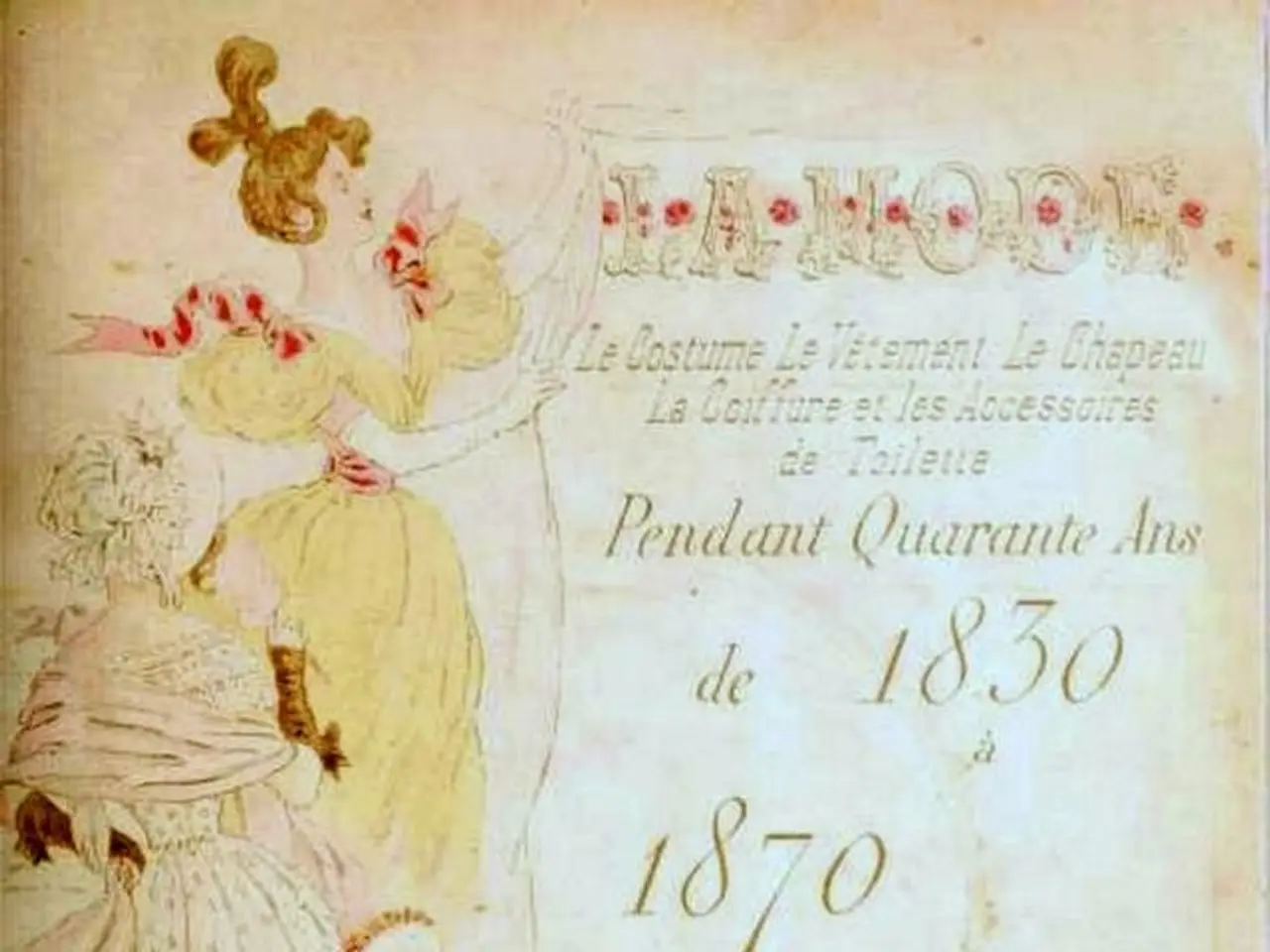Exploring the concept of Transgender Identity Differences
In the realm of human identity, gender nonconformity, nonbinary, and related identities challenge the traditional male/female binary and provide a space for individuals to express themselves authentically.
Gender nonconforming (GNC) is an umbrella term that encompasses people whose gender expression or identity does not align with traditional gender norms associated with their assigned sex at birth. Gender nonconforming individuals may or may not identify as transgender; the term emphasizes expression outside the binary rather than a specific internal identity.
On the other hand, nonbinary refers specifically to people whose gender identity does not fit within the traditional binary categories of male or female. Nonbinary individuals may feel they are neither man nor woman, both, or somewhere in between. This identity challenges the male/female split and explicitly describes identity rather than just expression. Nonbinary also includes identities like genderqueer, genderfluid, agender, two-spirit, etc.
Genderqueer is an umbrella term for those who identify outside the binary or reject gender stereotypes. It is often used synonymously with nonbinary but sometimes focuses on resistive expression. Agender individuals identify as having no gender, and genderfluid individuals move between or fluctuate among genders over time. Two-spirit is a term used by some Indigenous North American cultures encompassing complex gender identities and roles beyond male/female.
In summary, gender nonconforming focuses more broadly on deviation from gender norms in expression or identity, while nonbinary is a specific set of identities centered on not fitting within the male/female binary. Other terms provide nuance in specific ways individuals experience or express gender beyond this binary framework.
Supporting gender nonconforming people involves educating others on gender nonconformity, not assuming people's identities or pronouns, and being an ally. The best pronouns to use for someone are always the ones by which that person chooses to refer to themselves. Using "they/them/theirs" is an inclusive option when unsure of someone's preferred pronouns.
Resources such as the Gender Justice Leadership Programs, Gender Spectrum, Genderqueer, and the Gender and Education Association provide valuable information and support for understanding and navigating gender nonconformity. The Trevor Project and Trans Lifeline offer additional resources and support specifically for gender nonconforming individuals.
It is important to remember that misgendering, or using the incorrect gender when referring to another person, can be harmful. Understanding and respecting the diversity of gender identities is crucial in fostering a more inclusive and accepting society.
- In the context of education-and-self-development, resources like the Gender Justice Leadership Programs, Gender Spectrum, Genderqueer, and the Gender and Education Association can help individuals better comprehend and cope with LGBTQIA mental health issues, particularly those related to gender and sexual identity.
- Pursuing mental health support and self-development is vital for LGBTQIA individuals, especially those identifying as gender nonconforming, as navigating gender nonconformity can come with unique challenges to one's well-being and sense of self.




